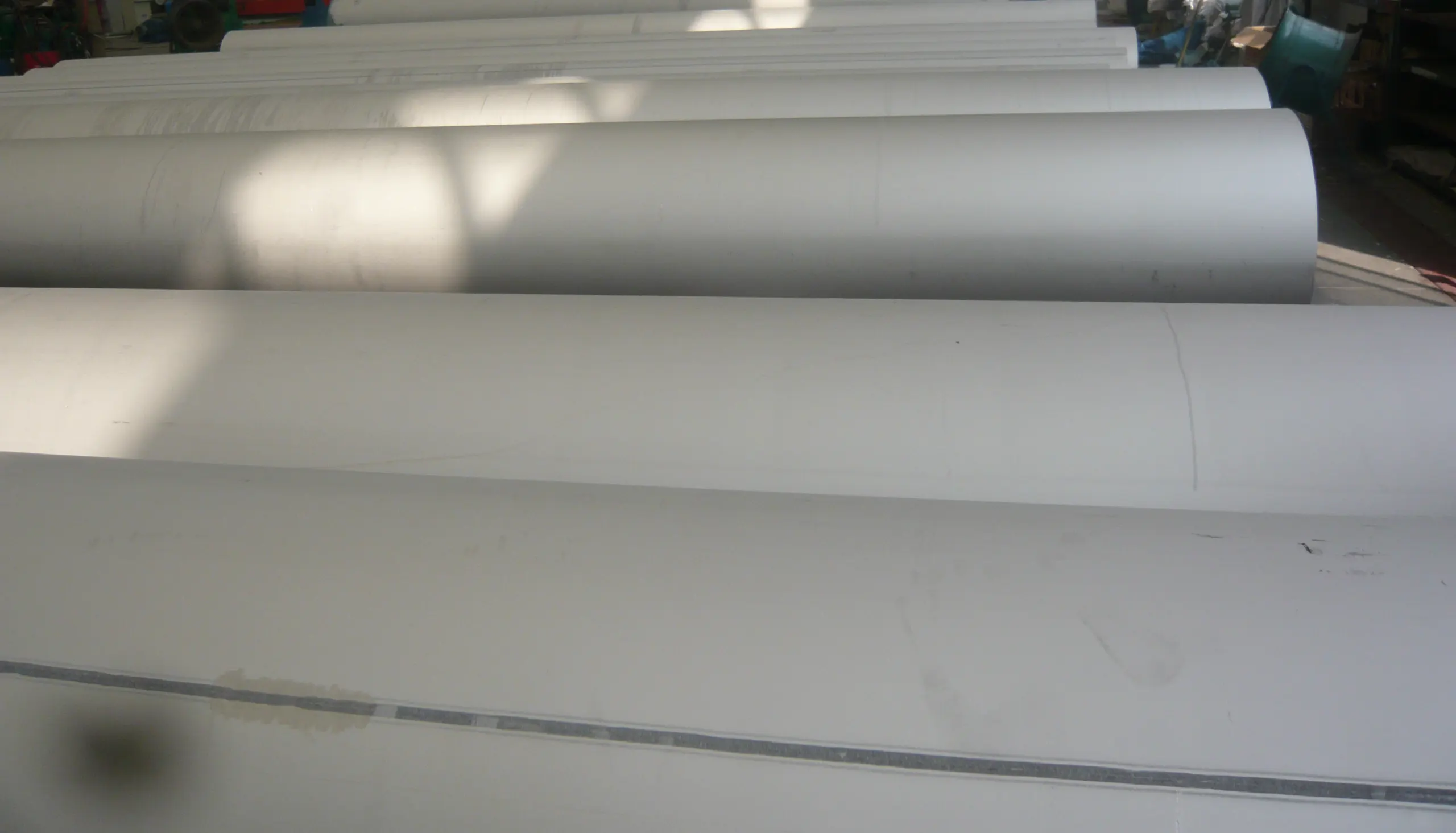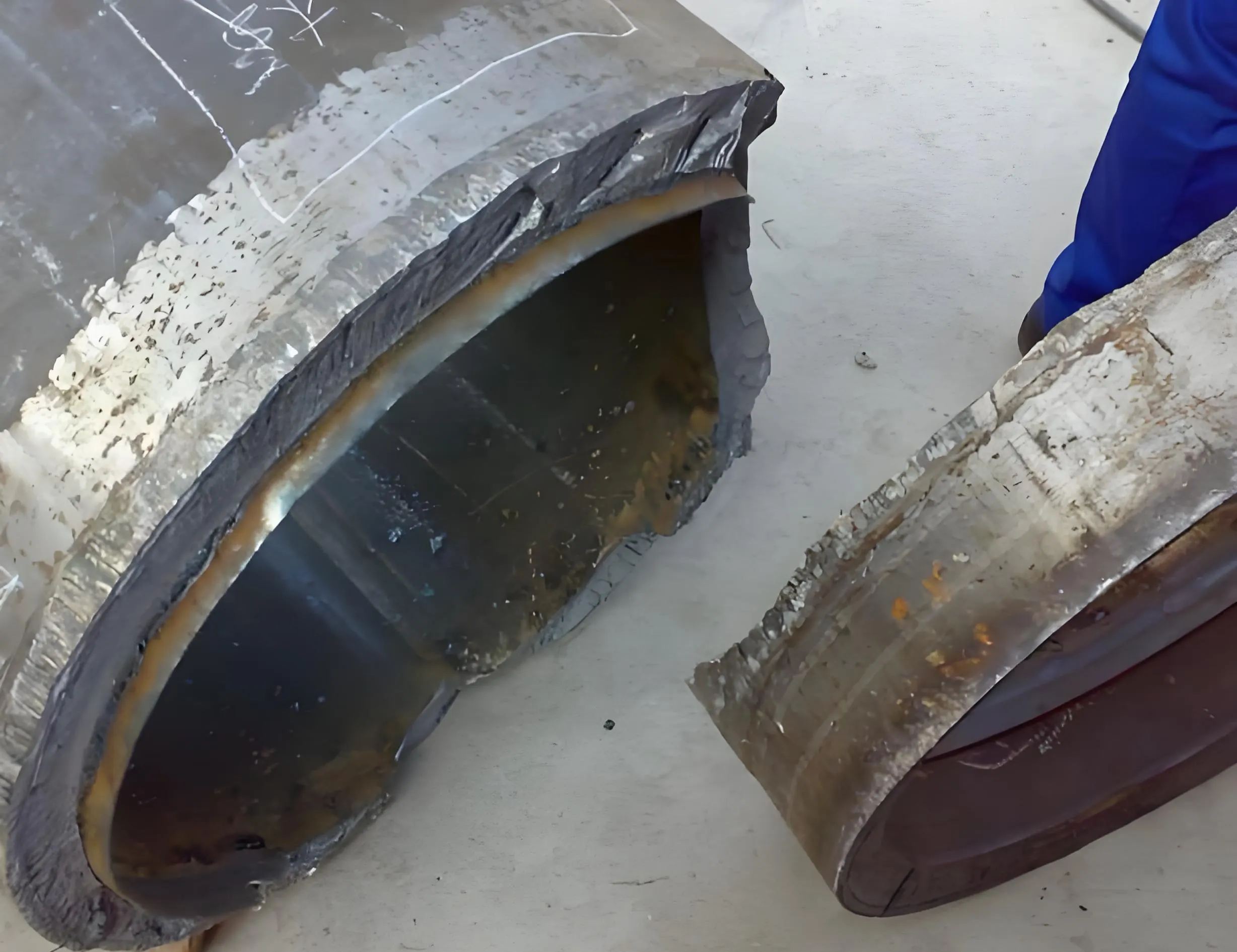Что такое деформация ползучести в нержавеющей стали? Это критическая проблема в труба из нержавеющей стали а также фитинг Если ваша система постоянно работает при экстремальных температурах, то постоянный стресс может привести к серьезным сбоям.
Что такое ползучая деформация? Медленная, постоянная угроза!
Деформация ползучести - это тенденция твердого материала к медленной деформации. Она возникает при длительном механическом напряжении или ниже предела текучести материала. Чаще всего это происходит в условиях высокой температуры. Эта деформация увеличивается со временем и в конечном итоге может привести к разрыву, что является основной проблемой при длительном использовании при высоких температурах.
Основные факторы, влияющие на деформацию при ползучести
Ползучесть зависит от температуры. Выше температуры омологации материала (примерно на 0,3-0,5 Кельвина выше температуры плавления) ползучесть становится очень выраженной. Чем выше температура, тем выше скорость ползучести.
Материал должен быть подвергнут постоянной нагрузке, которая ниже предела текучести. Чем выше уровень напряжения, тем выше скорость ползучести. Это приводит к ускоренному разрушению трубопроводной системы.
Ползучесть - это процесс, зависящий от времени, и с течением времени деформация увеличивается. Для увеличения срока службы требуется более высокая стойкость к ползучести. Это очень важно для непрерывной работы.
Различные сплавы имеют разное сопротивление ползучести. Влияние оказывают микроструктура, размер зерна и легирующие элементы. Материалы, содержащие молибден обладают лучшей устойчивостью к ползучести.
Коррозионные среды может усугубить ползучесть, окисление или науглероживание может снизить несущую способность. Это ускоряет процесс ползучести.
Стадии деформации при ползучести
| Сцена | Описание | Скорость деформации |
|---|---|---|
| Первичная ползучесть | Снижение скорости, преходящее | Замедление |
| Вторичная ползучесть | Постоянная скорость, устойчивое состояние | Стабильный |
| Третичная ползучесть | Ускорение темпа, омертвение, перелом | Быстрое увеличение |
Что мы делаем
Воздействие ползучести на трубопроводы из нержавеющей стали
| Влияние | Описание | Риск для системы |
|---|---|---|
| Изменения размеров | Трубы растягиваются, фитинги деформируются | Перекос, ослабление соединений |
| Уменьшенная грузоподъемность | Материал со временем ослабевает | Риск разрыва под давлением |
| Межкристаллитное растрескивание | На границах зерен образуются пустоты | Протечки, внезапное хрупкое разрушение |
| Сокращение срока службы | Преждевременный выход из строя компонентов | Увеличение затрат на замену |
| Опасности, связанные с безопасностью | Утечки горячих или опасных жидкостей | Травмы персонала, ущерб окружающей среде |
Предотвращение деформации при ползучести в системах из нержавеющей стали
- Выберите сплав, устойчивый к ползучести: Выберите марку нержавеющей стали, известную своей прочностью на ползучесть. Молибден-содержащие сплавы (например, 316, 316H, 310, и дуплексные стали) являются предпочтительными. Высоконикелевые сплавы Такие как Инколой 800H также превосходны.
- Разработаны для снижения напряжений: Уменьшите прилагаемые напряжения, используйте большую толщину стенок и увеличьте точки опоры. Проектируйте в пределах безопасной эксплуатации.
- Контролируйте рабочие температуры: Поддерживайте температуру ниже критических порогов ползучести или используйте эффективные системы охлаждения. Это очень важно для продления срока службы компонентов.
- Соответствующий термическая обработка: Убедитесь, что материал имеет оптимальную микроструктуру. Отжиг в растворе улучшает свойства и повышает сопротивление ползучести.
- Регулярный мониторинг: Внедрите программу мониторинга для отслеживания деформации и проведения неразрушающего контроля. Это позволит обнаружить ранние признаки ползучести.
Поиск надежных труб и фитингов из нержавеющей стали
Выберите производитель, имеющий большой опыт работы с нержавеющей сталью и понимающий ее уникальные свойства. Это обеспечивает оптимальные результаты формовки.
Обеспечить строгий качественный проверки, включая проверку размеров и т.д. Проверка целостности материала и протоколы испытаний материалов также имеют решающее значение.
Работа с авторитетные производители которые предлагают надежную продукцию из нержавеющей стали и имеют сертификаты(например. ISO 9001 и CE-PED).
Всегда уточняйте точную марку сплава. Спрос Отчеты об испытаниях материалов (MTR). Это подтверждает химический состав.
Убедитесь, что трубы и фитинги соответствуют требуемым размерам. Это включает ASME B36.19 (трубы) или ASME B16.9 (фитинги).
Эти сплавы требуют специальной сварки. Убедитесь, что используются соответствующие присадочные металлы. Убедитесь, что квалифицированный сварочные процедуры.
Для некоторых приложений может потребоваться послесварочная обработка. Это может включать отжиг в растворе. Это восстанавливает свойства.
Возможно, вы также захотите прочитать:
Что такое H и L нержавеющая сталь - Дуплексные трубы
Что такое карбид в нержавеющей стали? Как они влияют на трубы и фитинги?
Деградация материалов из нержавеющей стали
Что такое возрастное упрочнение нержавеющей стали?
Значение букв в названиях марок нержавеющей стали
Нержавеющая сталь VS углеродистая сталь: Что лучше для труб и фитингов?
Как смягчить нержавеющую сталь? Каковы преимущества и недостатки?
Что такое сенсибилизация нержавеющей стали и как ее предотвратить?
Связаться с нами
- RM901 No.22 Tangjiaqiao Road Wenzhou Китай
- +86 577 8551 1171
- [email protected]
- https://www.kaysuns.com/



